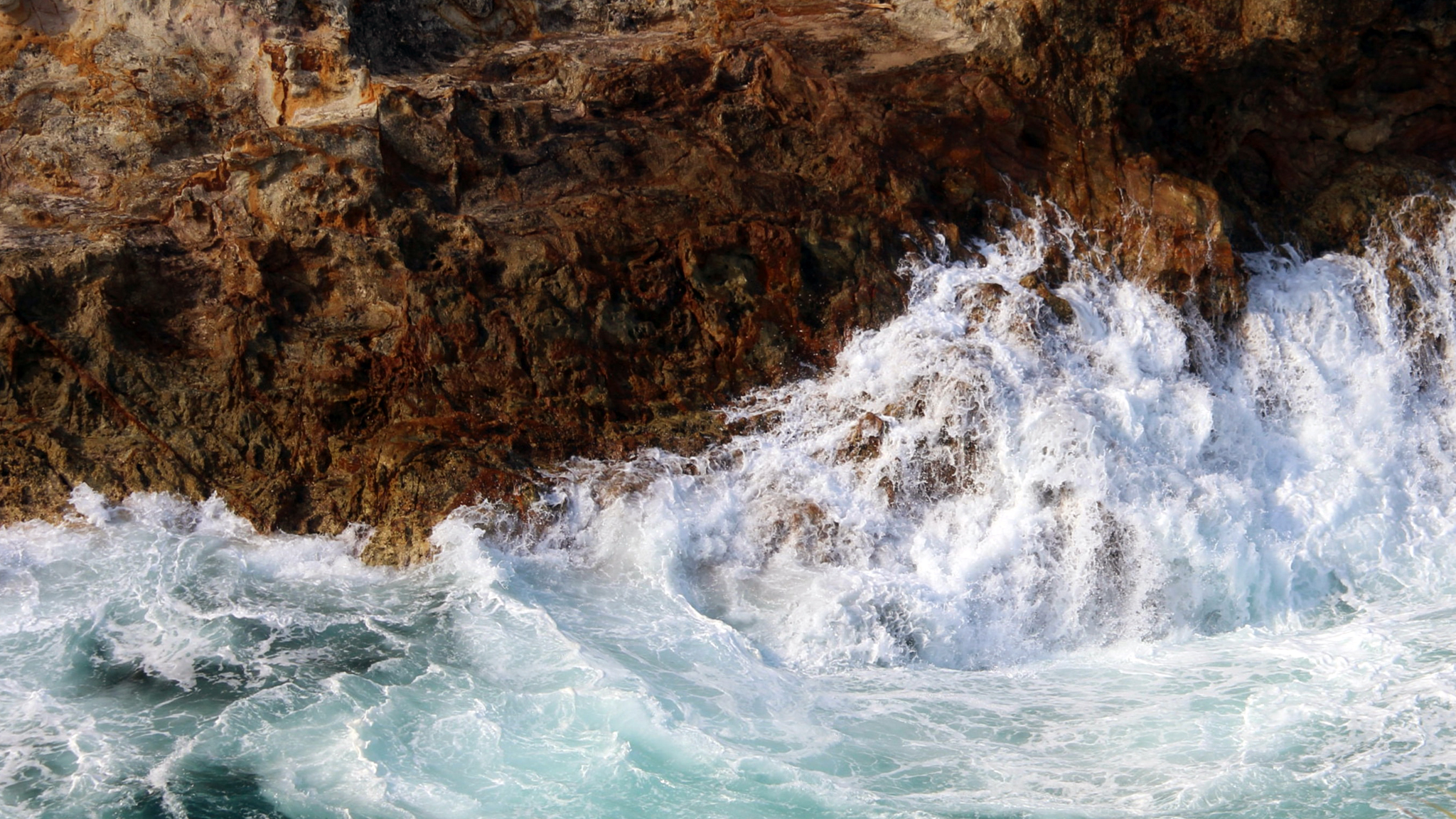Building Resilience to Coastal Erosion

Coastal erosion is an all too familiar problem for seaside communities across Britain.
Estimates suggest that the number of people at high risk from flooding could rise to a disquieting 3.5 million by 2080, with sea level rises taking out much of the East Midlands!
Coastal flooding is caused by a combination of high tides & waves, usually occurring in spring & again in autumn. Low-pressure build-up can coincide with high tides & lead to a tidal surge.
Sinking grounds, mega waves & retreating shorelines are really the stuff of nightmares. A part of the climate change issue that deserves our particular focus!
Effect on British Isles
Since the 2007 floods across Britain, there’s been a need for sustainable management as well as mitigation & resilience strategies. As historic buildings & cultural resources become damaged or destroyed, we risk losing much of our past, with communities experiencing ever-cascading economic losses.
With sea levels set to rise by up to 0.5 metres by 2080, this necessity for greater communication & coordination has led to various influential consultations, including the ‘Flood Risk Management (Scotland) Act’ in 2009, where the government placed new duties on local authorities to monitor bodies of water for flood risk.
Natural environmental services, such as those provided by seaweed, are becoming ever more prominent in the fight to mitigate coastal erosion reducing the risk of flooding & increasing the natural protection against storm surges & high tides.
In particular, Kelp is a celebrity in the seaweed world, “bioengineering” our landscape.
The “roots” of the Kelp, known as holdfasts, attach to rocky substrates & anchor the Kelp on the ocean floor. The Kelp fronds extending upward toward the ocean surface to form a luxuriant underwater forest.
Their large size helps to absorb the energy of even the stronger waves & currents. They act as a buffer zone against wave action, slowing down the movement of water to reduce its erosive power.
As Kelp fronds grow & die, they also release organic matter that helps to build up the sediment layer.
These sediments help stabilise & protect our environment, releasing nutrients into dune habitats & reducing erosion risk!
Seaweed farming can reduce impact of coastal erosion
Protecting & restoring Kelp forests is vital to the natural cycle of healthy oceans & coastal communities.
Kelp farming involves cultivation, typically attached to ropes or nets in shallow waters close to the shore.
Compared to natural Kelp forests, Kelp farms are distinctly advantageous during storms.
Unaffected by rising sea levels & high tides due to their distinction of growing downwards, these green engineering structures are an impeccable coastal defence, reducing wind wave energy by 30 – 50%.
The waves’ energy is reduced as the Kelp fronds sway with a whip-like motion. The motion of the blades creating an additional drag on the water, dissipating the waves.
Farming Kelp is also an example of us encouraging life to flourish & grow as our landscape transforms.
We have always been one of the most adaptive creatures on the planet living throughout countless habitats & across untold millenniums.
This crisis has led us not to the end of our time but to a crossroads showing us the direction to improving our connection with the land around us and, in turn, increasing our quality of life.
Habitats like cultivated Kelp forests will slow the land loss impacts of coastal erosion and, with our help, enhance life for all our neighbours.
Perhaps most exciting is all the magnificent coexisting critters, such as seals & sea otters, that Kelp will bring!